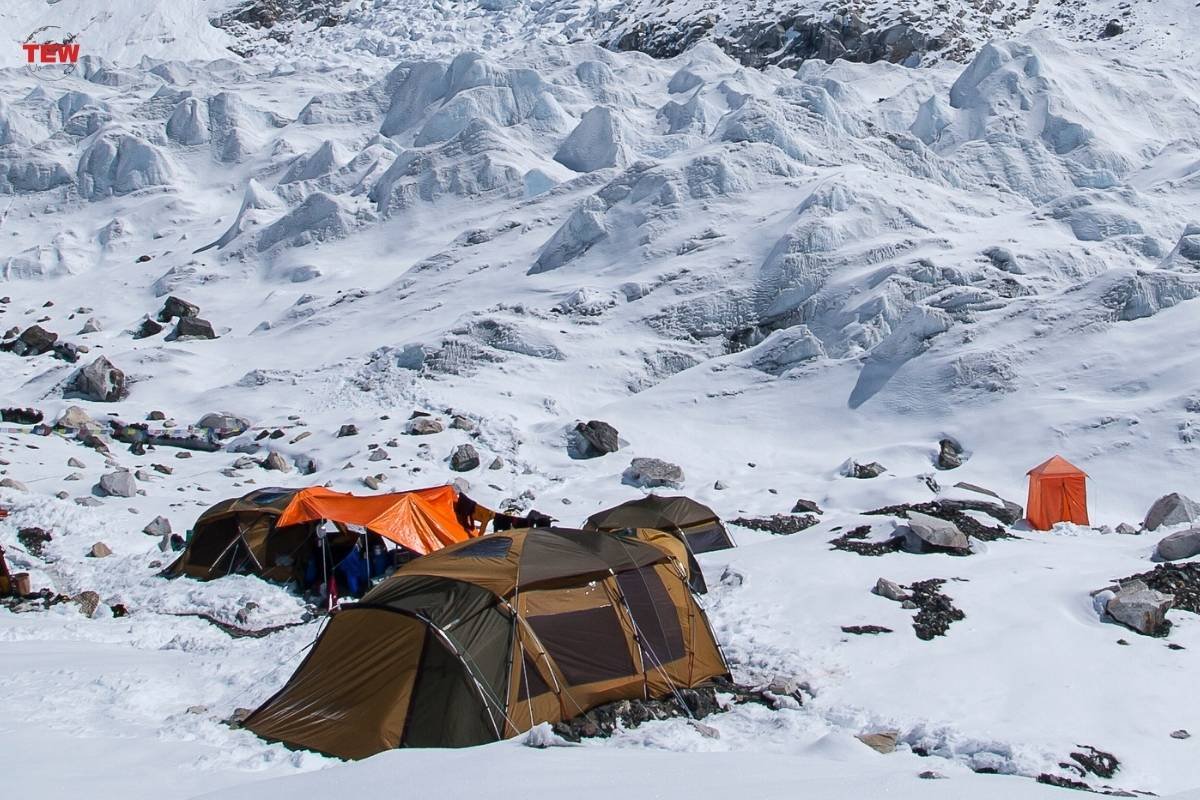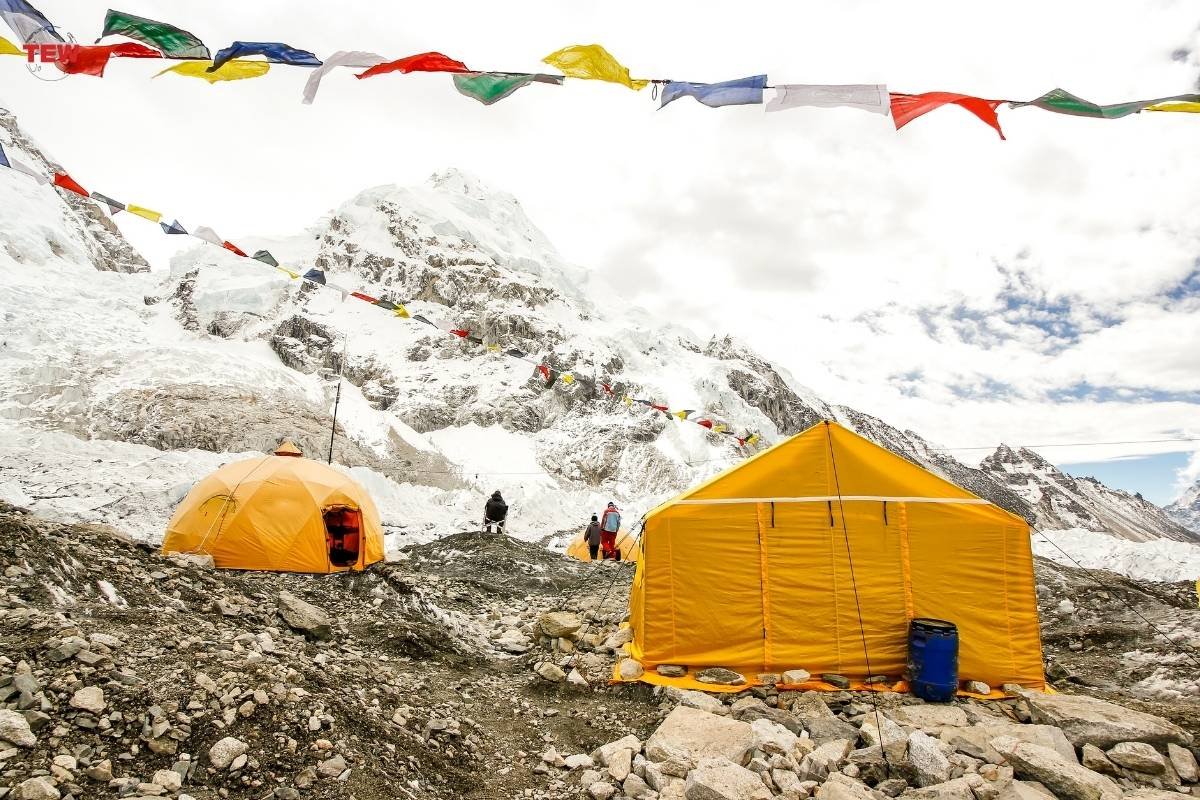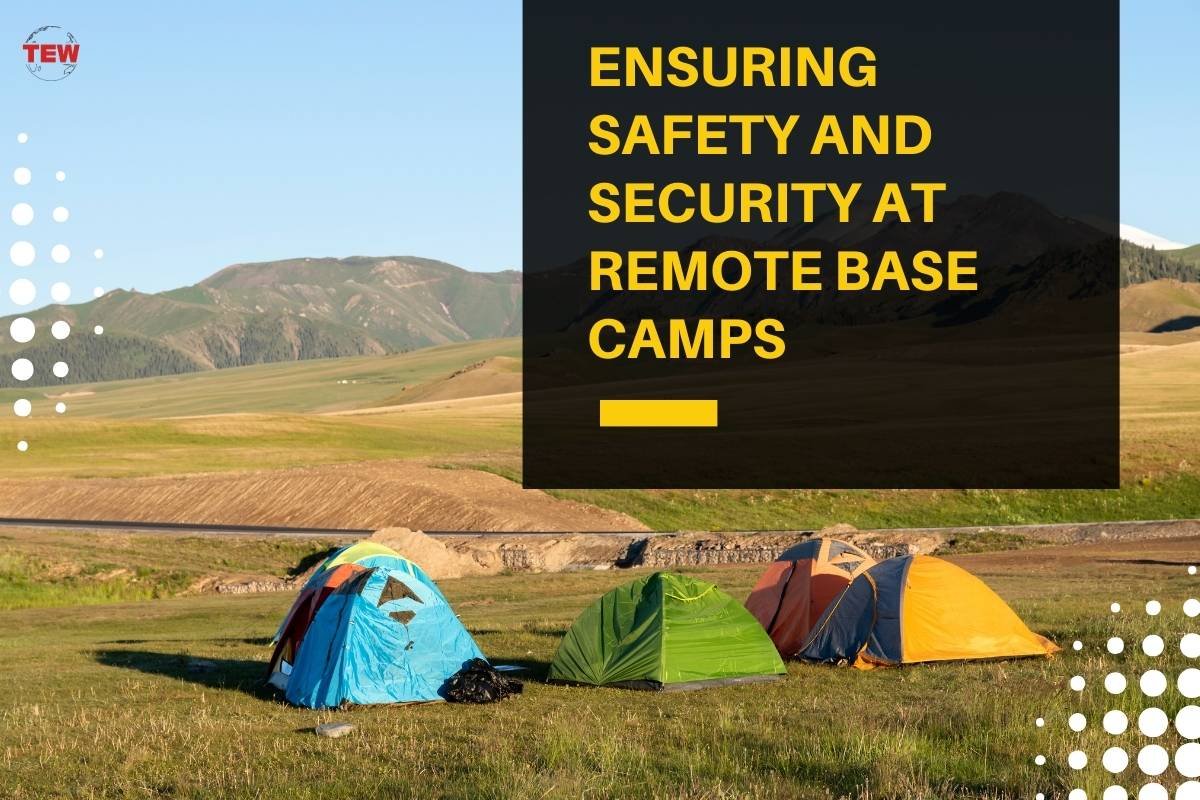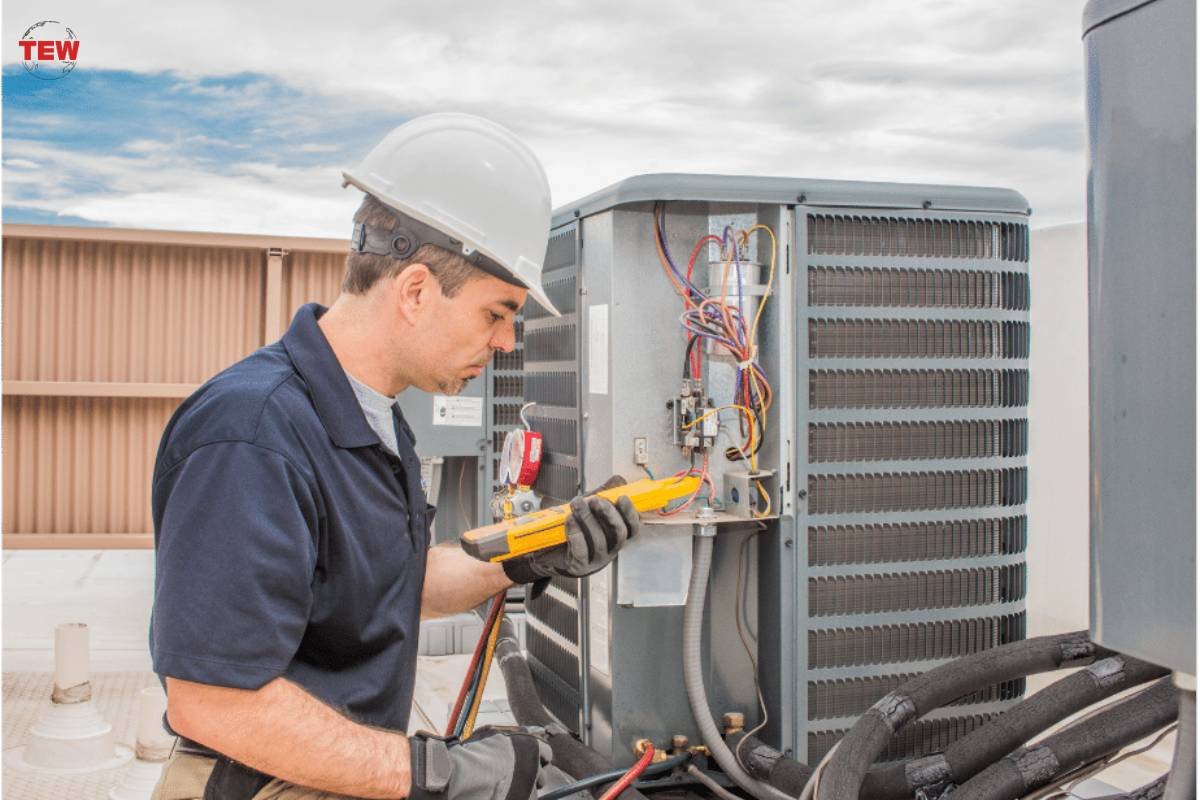Ensuring the safety and security of personnel and assets in these remote sanctuaries is a paramount concern. It requires a delicate balance between embracing the thrill of exploration and mitigating the inherent risks that come with operating in such extreme environments. Luckily, you can foster a safe and secure environment with careful planning, implementation, and ongoing vigilance.
With that in mind, here are a few strategies to help you ensure safety and security at remote base camps:
1. Conduct Pre-Deployment Planning And Risk Assessment

When planning for a deployment, whether it’s a military operation, scientific expedition, or setting up a turnkey base camp for disaster relief, conducting thorough pre-deployment planning and risk assessment is a necessity. This process involves several critical processes that you must consider and address:
- Location selection: You must conduct extensive research when selecting the remote base camp location to identify the possibility of natural hazards, such as floods and avalanches, specific to that region. Assess the political stability of the area and the possibility of civil unrest or conflict that can pose significant risks to the operation. You can also examine the proximity to the communities around you to evaluate the potential for disputes and ensure a harmonious coexistence.
- Threat assessment: This assessment involves evaluating possible security threats, including criminal activity, terrorism, or civil unrest. Researching common dangers in the region allows you to tailor appropriate security measures to address specific risks effectively.
- Emergency Evacuation Plan: EEP should outline clear communication protocols, evacuation routes, and designated assembly points. It should also factor in different scenarios, such as natural disasters, medical emergencies, or security breaches. This will ensure that personnel can respond swiftly and efficiently in any situation.
- Medical considerations: Equipping the camp with a well-stocked first-aid kit and essential medications is crucial. Also, consider the location’s remoteness and the potential for delayed medical evacuation when determining the necessary medical supplies.
- Communication strategy: Identify reliable communication channels with designated command centers outside the base camp. Incorporate satellite phones, high-frequency radios, and internet (if feasible) into the plan to ensure uninterrupted communication and the ability to request assistance or coordinate evacuations.
By conducting thorough pre-deployment planning and risk assessment, you can mitigate potential risks, ensure the safety of personnel, and increase the chances of a successful operation or expedition, regardless of the challenges posed by the environment or location.
2. Secure The Perimeter
Another crucial step in ensuring safety and security at remote base camps is securing the perimeter. This can include erecting a robust fence or wall, with controlled entry and exit points guarded by trained personnel.

In addition to physical barriers, consider implementing regular security patrols by trained personnel. These patrols will help identify potential trespassers and enable early detection of any threats. Installing adequate lighting throughout the camp can also enhance visibility at night and act as a deterrent for potential intruders who may seek to exploit the cover of darkness.
Additionally, implementing a camera surveillance system can provide an additional layer of security. Strategically placed cameras around the perimeter can assist in monitoring activity and detecting threats. However, it’s crucial to strike a balance between security needs and respect for privacy, adhering to local regulations, and addressing concerns that may arise from the use of surveillance equipment.
3. Consider Personnel Training And Preparedness
Consider conducting regular personnel training on emergency procedures, first aid, and survival skills. This training will equip the designated team with the skills necessary to handle medical incidents, natural disasters, and other unforeseen situations that may arise in these remote locations. Through this training, personnel learn to remain calm and act decisively during emergencies, increasing the chances of successful response and survival.
Additionally, incorporate drills and simulations into the training regimen. These practical exercises reinforce the knowledge your personnel gain during training sessions and provide opportunities for teams to work together under simulated stress conditions. It’ll also equip your staff to identify areas of improvement and enhance their ability to coordinate their efforts effectively during the actual emergency.
For personnel tasked explicitly with security duties, specialized training may be necessary depending on the risk profile of the location. This could include conflict resolution techniques, de-escalation strategies, and the appropriate use of defensive equipment or firearms, if applicable. Such training ensures that security personnel can handle potential threats while minimizing the risk of escalation or harm.
4. Invest In Quality Equipment And Supplies
When establishing a remote base camp, ensuring proper equipment and supplies is crucial for maintaining safety, security, and operational readiness. Investing in appropriate security equipment like flashlights, alarms, communication devices, and personal protective gear tailored to the identified threats is paramount.

Also, maintaining a well-stocked emergency supply or survival kit containing non-perishable food, water, shelter materials, and sanitation essentials is essential to sustain personnel for extended periods in case of evacuation delays or supply chain disruptions. Regular maintenance of vehicles used for transportation around the camp is also critical to ensure reliable operations and effective emergency response capabilities.
Conclusion
Remote base camps are vital outposts for scientific discovery, exploration, and critical operations. By prioritizing safety and security from the outset, you can transform these camps from outposts of vulnerability into havens of resilience. Through meticulous pre-deployment planning, robust perimeter security, ongoing personnel training, and investment in quality equipment and supplies, you can empower your team to navigate the inherent challenges of remote environments and achieve their goals with confidence. Remember, safety and security are the foundation for successful and productive endeavors in the field.




